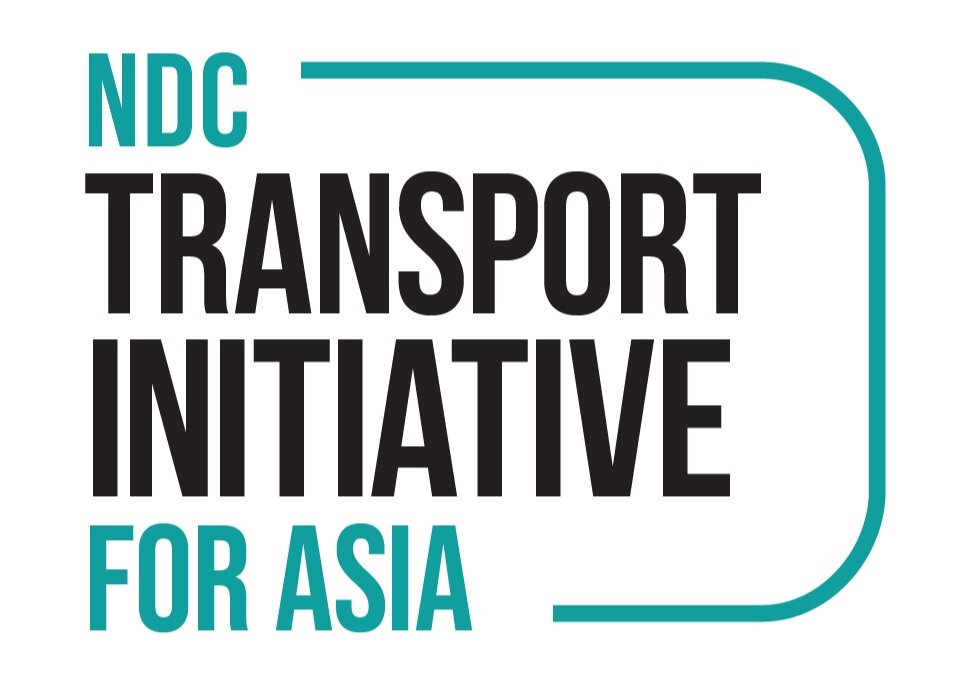BLOG: Vehicle electrification in India: On ambition and timing
Photo by ICCT
This is the fourth blog in ICCT’s series focused on their meta-study of India’s road transport emissions analyses.
In the previous blog, we found two kinds of trajectories in the mitigation scenarios, one where road transport emissions continue to rise until 2050 and another where emissions peak by 2030 or 2040 and then decline. Models in the first group consider conservative levels of electrification and modest efficiency improvements, while models in the other group assume ambitious electrification and efficiency improvements extending up until mid-century. It’s pretty clear that electrification is a key component of any future in which the growth in transport emissions is reversed and thus: How much electrification is needed across vehicle classes and is there any reason for delay?
To view the full blog click here.

